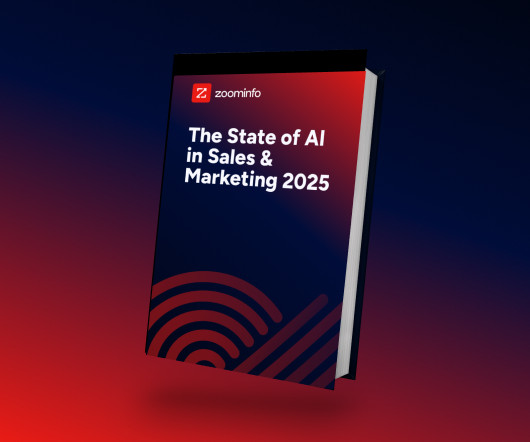Promoting Worker Well-Being in the AI Integrated Workplace
Partnership on AI
SEPTEMBER 16, 2019
The integration of AI into the workplace poses a range of opportunities, as well as complex challenges. Not the least of these is the issue of worker well-being – specifically, developing best practices for promoting the well-being of all workers alongside AI’s introduction. This topic is a key aspect of PAI’s mission, and was at the center of a two-day workshop co-hosted by PAI and the Ford Foundation in New York in August, 2019.













Let's personalize your content